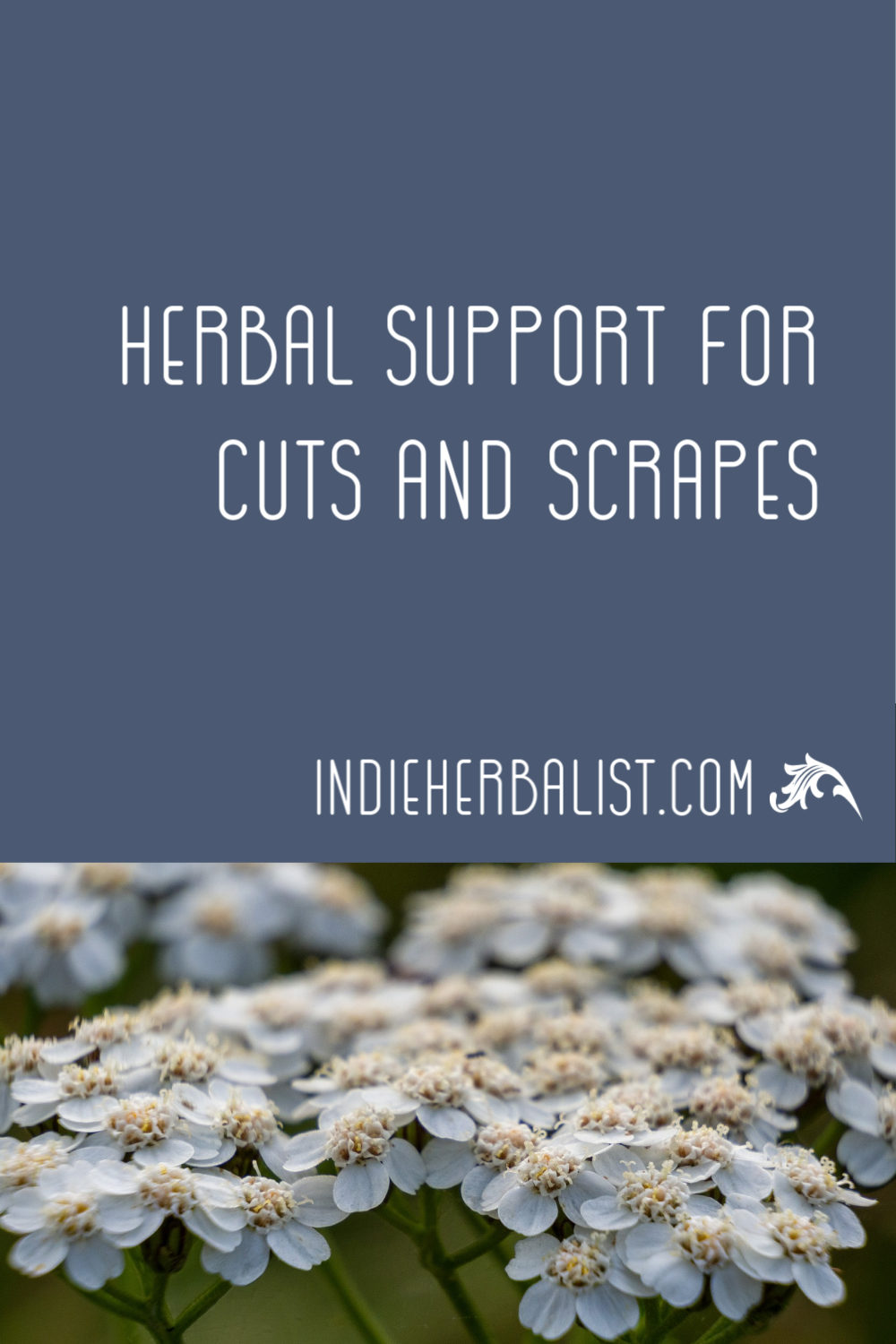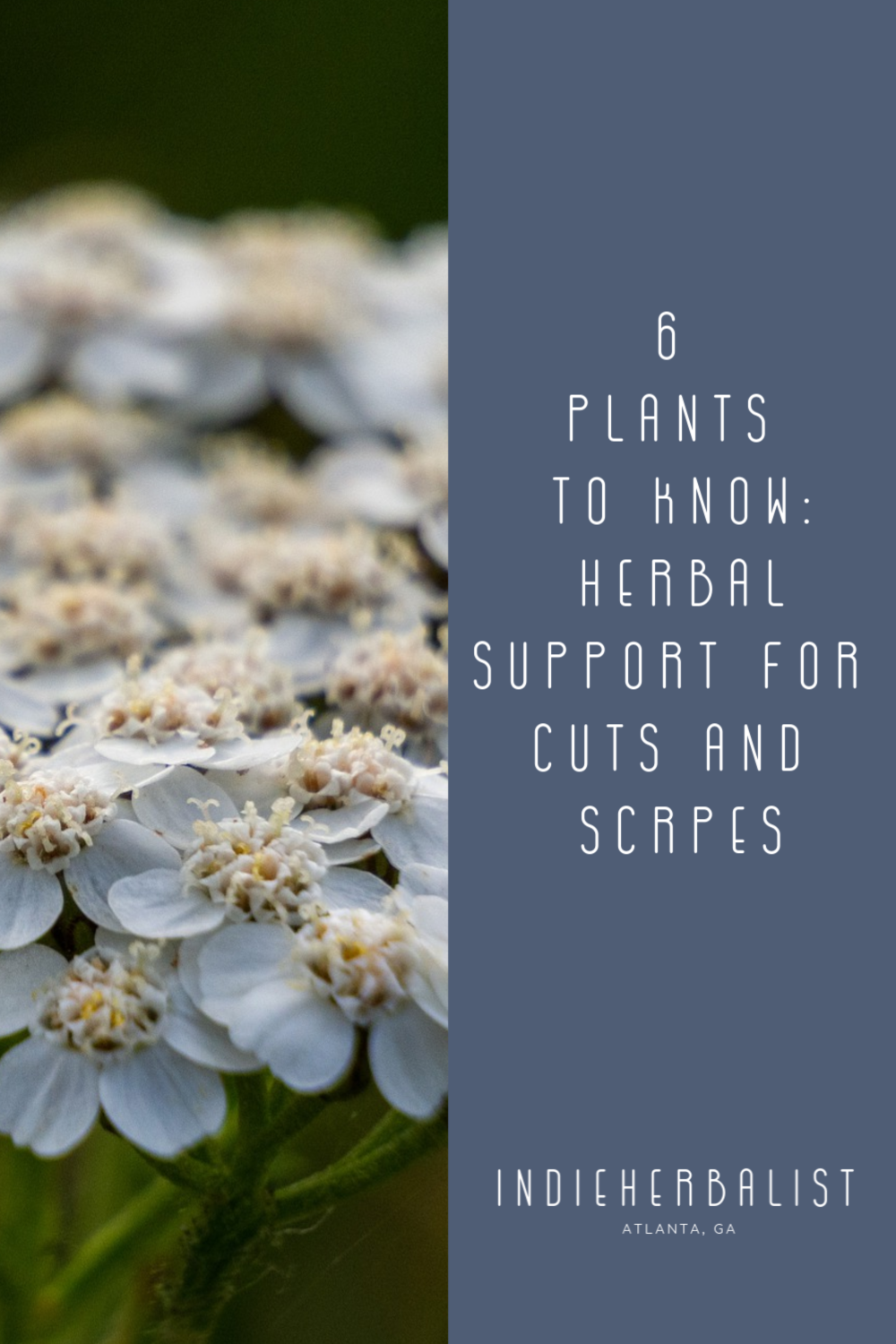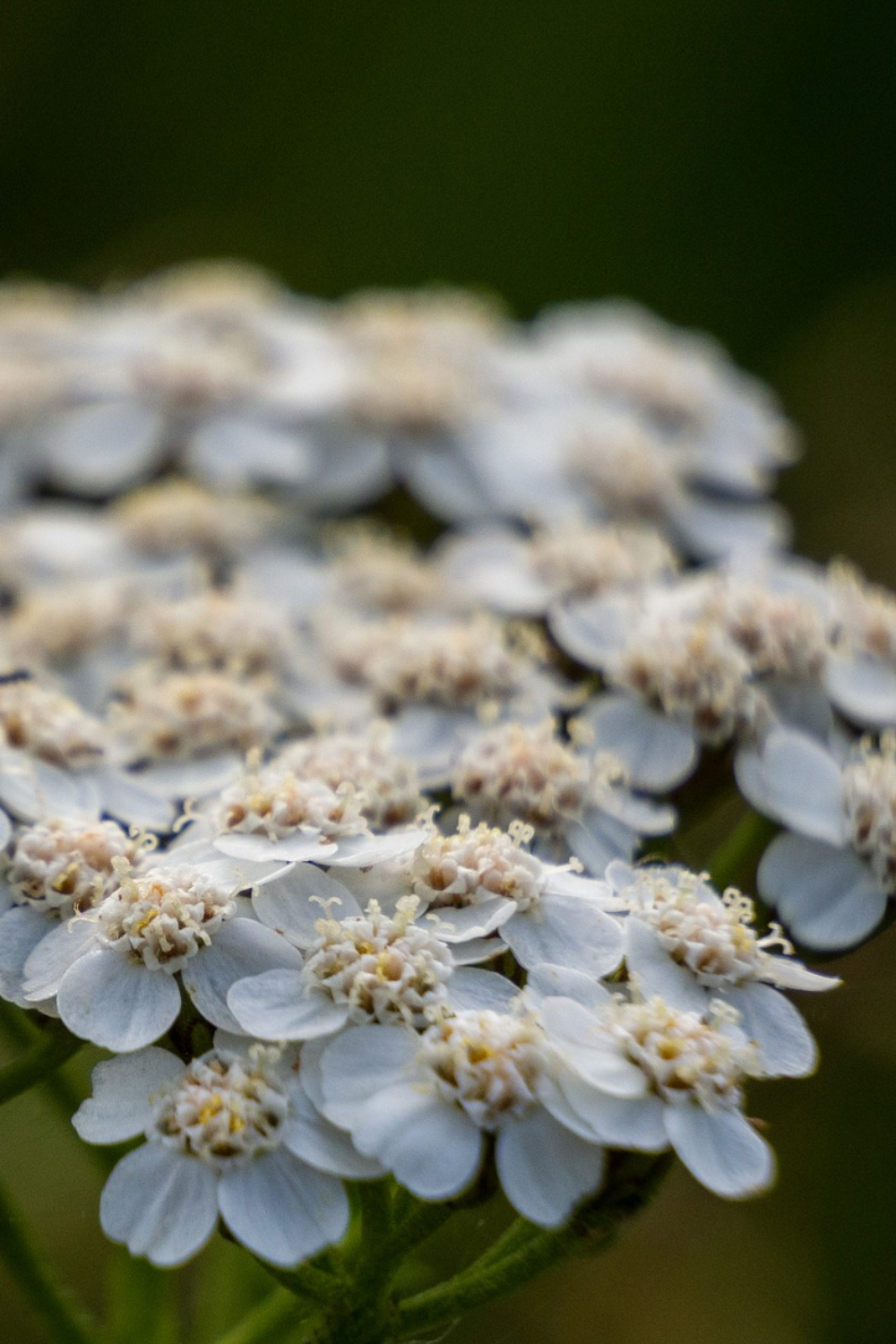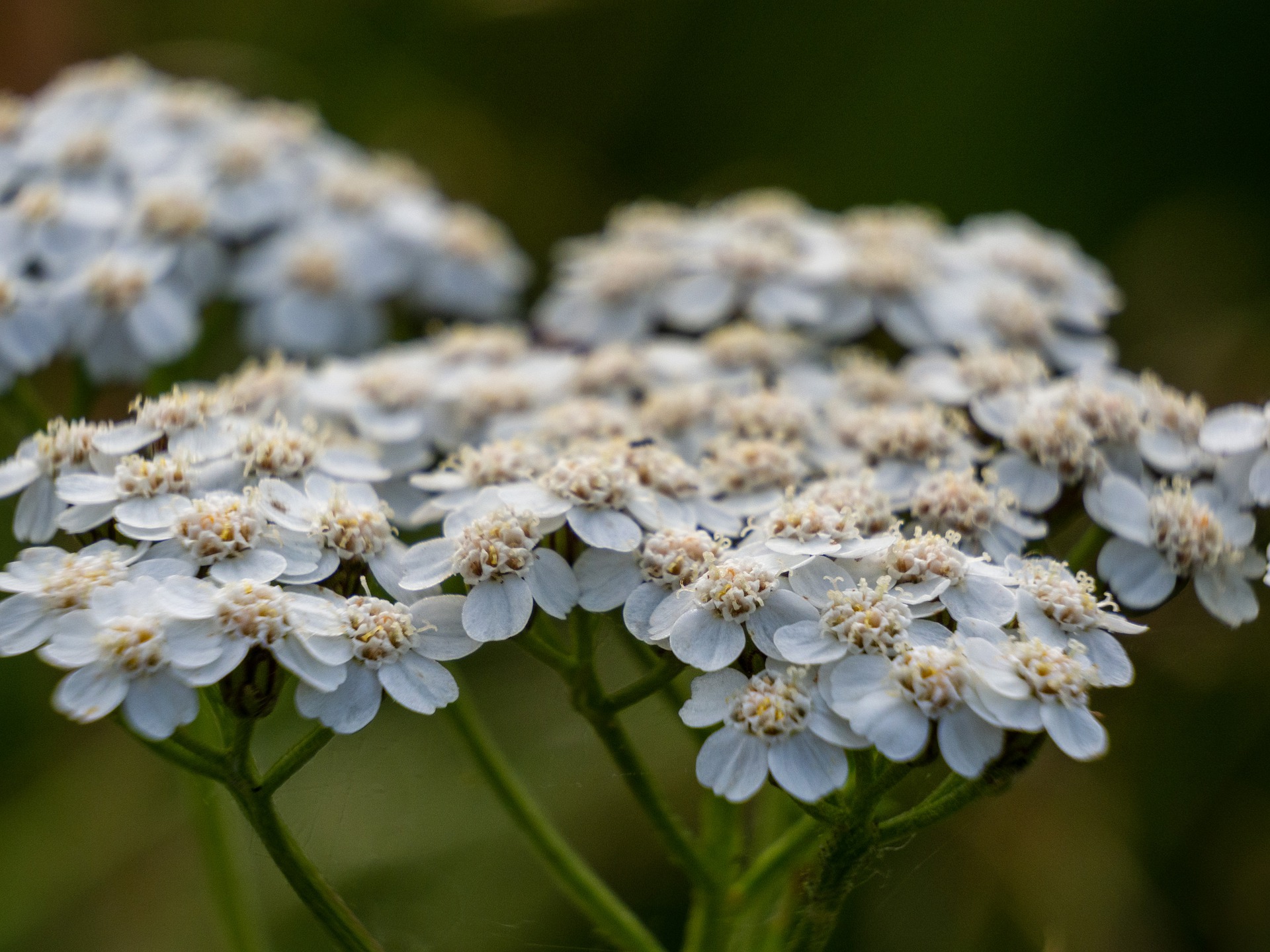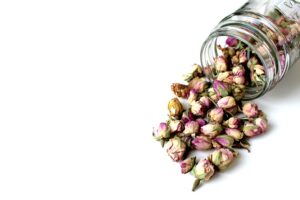Links contained in this post and elsewhere on my website may include affiliate links. When you make a purchase through these links, I earn a commission at no additional cost to you. I only link to products and services that I love - and that I think you will love, too!
Small injuries aren’t much to worry about in today’s relatively sterile environments. Clean water and soap are readily available for washing. Tetanus shots are usually kept up to date. It’s very easy for us to take it for granted that our cuts and scrapes are just minor inconveniences and not the major health threat they can morph into under less than sanitary conditions! Traditional herbs for wound healing give us a glimpse into the ways herbs can help in grid-down scenarios or situations where it isn’t possible to access higher care.
In a bad situation, even a tiny cut can lead to dangerous infections if it comes into contact with another person’s blood or body fluids, animal saliva, fecal matter, germs from the soil, or in germs in untreated lake, river or well water. Germs that enter through a cut can cause all sorts of complications in an extreme setting: tetanus, rabies, gangrene, systemic infections that lead to organ failure and death. . . Yeah, none of that sounds fun.
So, keep those cuts clean and dry, and seek medical attention at the first sign that things might be going south! Stay healthy and keep those immune systems up to speed, too.
Taking Care of Cuts and Scrapes
In a less than ideal situation, or one with limited access to medical care, here’s what to remember:
- Keep it clean and dry.
- Only use water that has been sanitized.
- Keep it covered to keep stuff out.
- Respect the scab: it’s there for a reason.
For more technical information on how to keep cuts and scrapes thoroughly clean, take a look at a good first aid manual; for now, let’s focus on how to use herbs once the basic first aid is out of the way.
One of the easiest ways to use herbs to help care for cuts and scrapes is as a wash or compress: make an herbal tea and allow it to cool, then apply with gauze or a clean cloth to the desired area. Allow to air dry. Another great way is as a salve that can be applied after the area is cleaned.
Common traditional herbs for wound healing
Here’s a quick list of five herbs that may be growing in your yard or garden that can be used either as washes or as salves, and one herb that can be used as an extract or powder. Use a reliable field guide or ask for help from an experienced forager if you need help learning to identify these plants.
Bee balm
The leaves and flowers of bee balm can be used as a wound wash. Traditionally, it was considered especially if the area was red and hot to the touch. Bee balm leaves aren’t generally available at the stores, so you will need to grow your own. This plant has a spicy fragrance similar to oregano and bergamot orange.
Rose petals
Did you know that rose petals are good for more than just potpourri? Rose petals also make a good wound wash after basic first aid are a lovely addition to salves, too. The petals can be used fresh or dried- all the more reason to keep some of this wonderfully scented herb on hand at all times! Herbalists favor red roses, but highly-scented pink roses are also useful.
Plantain & chickweed
Two common yard weeds, these plants make really great salves for cuts and scrapes-especially when made with the fresh herbs. I like to juice both in the spring and then freeze in ice cube trays for later use. Chickweed’s life-cycle runs quickly, so it’s uncommon to find this herb growing after spring. Plantain grows almost all year. It dries well for later use.
Elder
The flowers and leaves of elder both have traditional skin care applications. They can be used as a wash, or made into a salve. Elder was believed to promote fast healing. In addition, elder flowers are often enjoyed as a tea for respiratory ills. The leaves are for external use only.
Yarrow
This herb was traditionally used help stop bleeding. I’ve had several good experiences with yarrow stemming the flow of bright red blood from injuries. It can be used fresh or dried. Sometimes herbalists talk about using dried, powdered yarrow as a styptic. Remember to keep herbal powders out of deep wounds to help keep the wound clean. Teas and extracts are better alternatives for deep wounds.
Discover more traditional herbs for wound healing
These are just a few options for herbal support for cuts and scrapes. Learn more about herbal first aid with my articles Five Versatile Herbs for First Aid and Five More Useful Plants for Herbal First Aid. Be sure to bookmark Setting the Stage for Herbal First Aid for a complete list of all my articles about emergency preparedness and herbalism.
Photo credit: Pixabay
